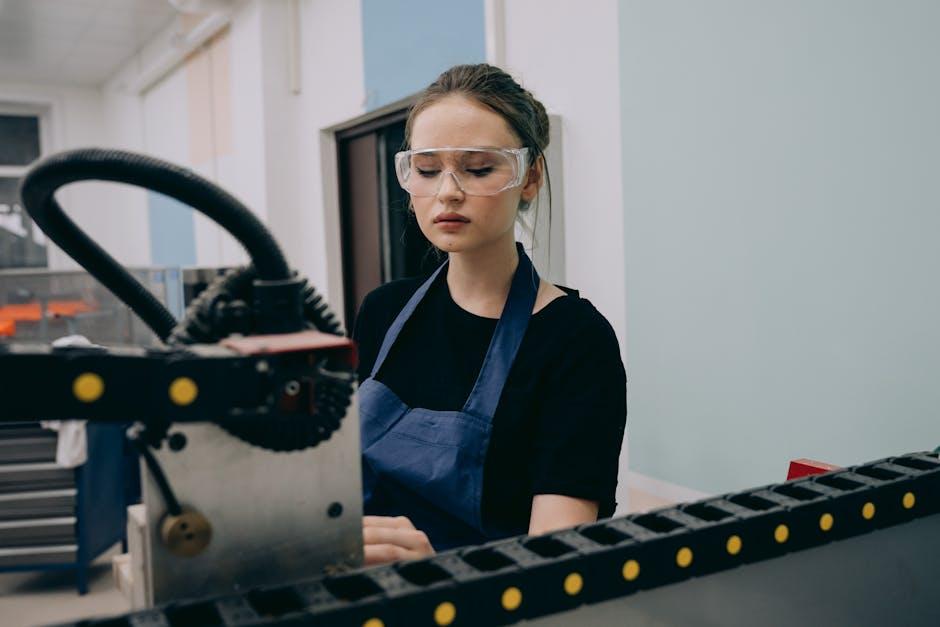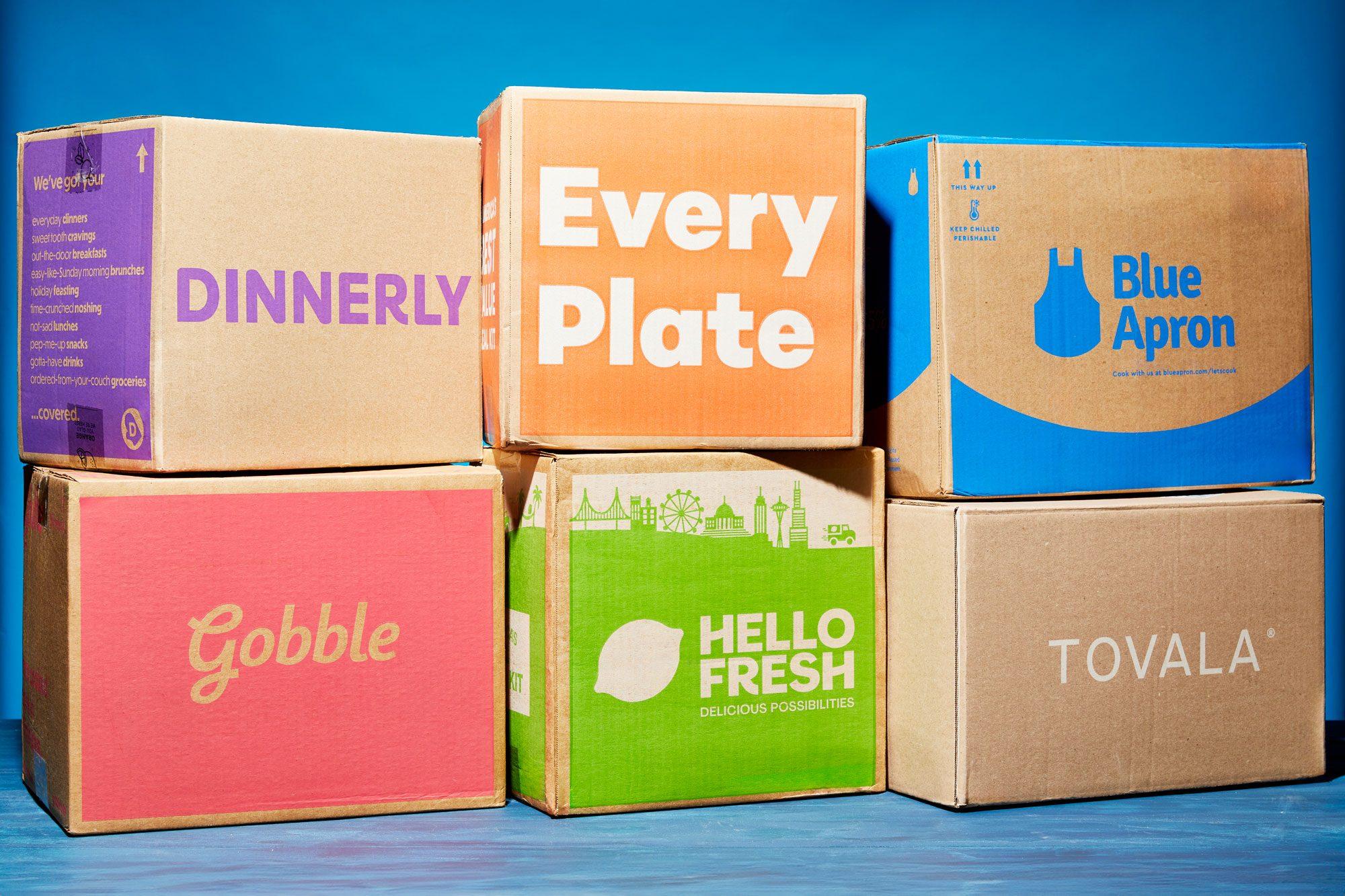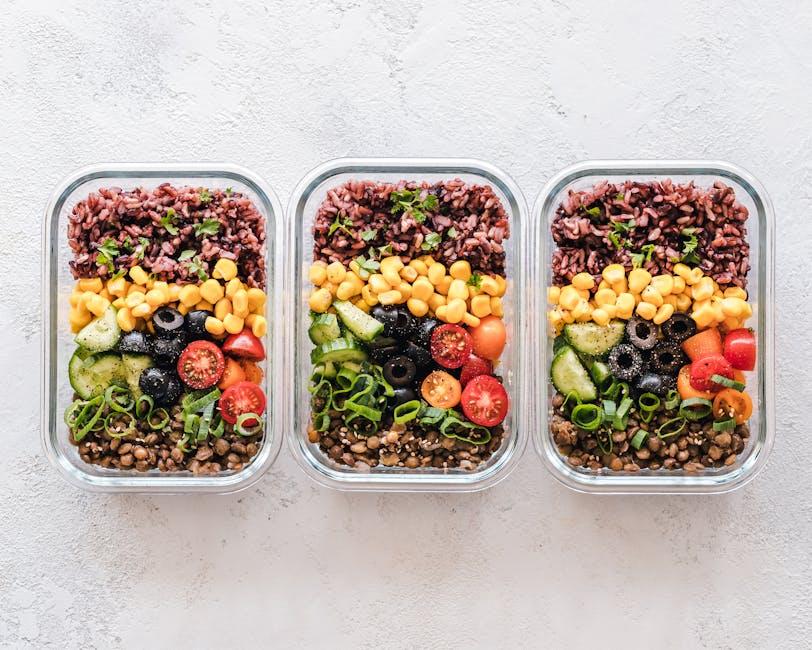In an era where convenience frequently enough collides with environmental responsibility, meal kit services have sparked a culinary revolution, bringing fresh ingredients and exciting recipes directly to our doorsteps. Among these innovators, Blue Apron has carved out a niche not just for its delectable offerings but also for its commitment to sustainability. As consumers increasingly prioritize eco-kind practices, Blue Apron stands at the forefront of a pivotal question: can appetizing dining be harmonized with sustainable packaging? In this article, we delve into Blue Apron’s eco-friendly packaging initiatives, exploring their materials, methods, and the impact of their choices on the planet. Join us as we assess whether this popular meal kit service truly leads the charge toward a greener future, or if there are still miles to go in the journey toward sustainable cuisine.

Understanding Blue Apron’s Commitment to Sustainable Packaging Solutions
blue Apron has taken significant steps towards minimizing its environmental impact through innovative packaging solutions designed with sustainability in mind. The meal kit service understands that packaging plays a critical role in both customer satisfaction and environmental preservation. To address this,Blue apron emphasizes the use of materials that are not only effective in preserving food quality but also eco-friendly. Their commitment extends to the incorporation of recyclable materials and a reduction in single-use plastics. By opting for biodegradable and compostable options, they ensure that their environmental footprint is substantially lighter than that of conventional meal kit services.
One of the notable strategies implemented by Blue Apron involves optimizing packaging sizes to reduce waste.This approach minimizes excess space, leading to less material usage overall and lower transportation emissions. Additionally, the company participates in rigorous recycling programs and encourages customers to recycle packaging components responsibly. The following initiatives exemplify Blue Apron’s commitment to sustainable packaging:
- Use of recyclable Materials: Most packaging is made from recyclable substances.
- Reduction of Plastics: Efforts to minimize single-use plastic packaging.
- Reusable Components: Some packaging elements are designed for reuse.
- Customer Education: Informing consumers on proper recycling practices.

Evaluating the Environmental Impact of Meal Kit Delivery Services
When assessing the sustainability of meal kit delivery services, one must consider various factors that contribute to their overall environmental impact. Blue Apron’s commitment to eco-friendly practices extends to its packaging, which includes materials like recycled cardboard and biodegradable films. By utilizing packaging that can either be recycled or composted, Blue Apron is reducing the volume of waste that ends up in landfills. Moreover, they have implemented an efficient sourcing strategy that emphasizes the use of local ingredients whenever possible, which minimizes transportation emissions and supports local economies.
To further illustrate its efforts, consider the following aspects of Blue Apron’s environmental initiatives:
- Reduced Carbon Footprint: by consolidating ingredients into meal kits, Blue Apron can cut down on individual trips to grocery stores, leading to fewer carbon emissions.
- Ingredient sourcing: The company prioritizes partnerships with sustainable farms that practice eco-friendly farming techniques.
- Recyclable Materials: 80% of Blue Apron’s packaging is recyclable or reusable, an notable statistic in the industry.
| Sustainability Factor | Blue Apron | Other Meal Kit Services |
|---|---|---|
| Recyclable Packaging | 80% | 60% |
| Sourcing Local Ingredients | Yes | Variable |
| composting Options | Available | Limited |
Through these proactive approaches and continuous enhancement of their practices, Blue Apron strives to carve a pathway toward more sustainable living. Their focus on creating eco-friendly packaging while maintaining a supply chain that prioritizes local sourcing underscores their position as leading innovators among meal kit delivery services. As the industry evolves, consumers can look to these choices as benchmarks for environmentally responsible options.

Innovative Materials and practices: A closer Look at Blue Apron’s Eco-Friendly Initiatives
Blue Apron is leading the charge in sustainable meal kit services by integrating innovative materials and practices into every aspect of its operations. The company has shifted to using 100% recycled and recyclable cardboard for its packaging, ensuring that consumers can easily return their boxes to the recycling stream after use. Additionally, by utilizing plant-based gel packs instead of traditional plastic, they minimize environmental impact while still keeping perishable ingredients fresh. This approach not only reduces waste but also promotes the use of renewable resources that align with eco-conscious consumer values.
To further enhance their eco-friendly initiatives, Blue Apron has developed a complete strategy that includes:
- Optimized sourcing: Partnering with local farms to reduce transportation emissions.
- Smarter portioning: Providing precise ingredients to avoid excess food waste.
- Carbon offset programs: Funding projects that help counterbalance the company’s carbon footprint.
| Material Type | Sustainability Feature |
|---|---|
| Cardboard packaging | 100% recycled & recyclable |
| Gel Packs | Plant-based & biodegradable |
| Food Sourcing | Local & seasonal ingredients |

Recommendations for Consumers: Making Informed choices in Sustainable Meal Kits
Choosing a sustainable meal kit service like Blue Apron can significantly impact your consumption habits. Here are some tips to help you navigate your options and make informed choices:
- Research Packaging Materials: Look for meal kits that utilize recyclable or compostable materials. Blue Apron’s eco-friendly packaging is a notable feature, so check their sourcing data.
- Evaluate Ingredient Sourcing: Opt for meal kits that source ingredients locally or from sustainable farms to reduce carbon footprints.
- Examine Subscription flexibility: Choose services that allow you to skip weeks or cancel easily, reducing food waste and costs.
- Read Reviews and Certifications: Seek out customer feedback and look for certifications that verify sustainability claims.
additionally, understanding the overall environmental impact of a meal kit can aid in your decision-making. Below is a quick comparison table to highlight key sustainability factors:
| Meal Kit Service | Eco-Friendly Packaging | Locally Sourced Ingredients | Food Waste Commitment |
|---|---|---|---|
| Blue Apron | Yes | Partially | 5% Less Waste |
| Service A | No | No | 10% Less Waste |
| Service B | Yes | Yes | 20% Less Waste |
By considering these elements, you can align your meal kit choice with your values and contribute positively to sustainability efforts in the food industry.
Concluding Remarks
As we’ve explored the intricacies of Blue Apron’s eco-friendly packaging, it’s clear that the brand has made significant strides in its commitment to sustainability.From compostable materials to recyclable insulation, Blue Apron sets a noteworthy example in the meal kit industry. Though, while their efforts are commendable, the conversation on sustainability is ever-evolving, inviting consumers to reflect and question the broader impact of their choices.
As you consider your next meal kit purchase, remember that responsible consumption goes beyond packaging. It encompasses local sourcing, food waste management, and ethical practices across the supply chain. Blue Apron might potentially be a leader in sustainable packaging, but the journey towards a fully sustainable food system is a shared one that requires ongoing dedication from brands and consumers alike.
In choosing to support eco-conscious practices, we can each contribute to a more sustainable future—one meal at a time. Whether you opt for Blue Apron or another service, let this be a call to engage thoughtfully with your food sources, aligning your choices with your values in a world that is hungry for change. The path to sustainability is paved with informed decisions, and together, we can nourish not only our bodies but also the planet.
